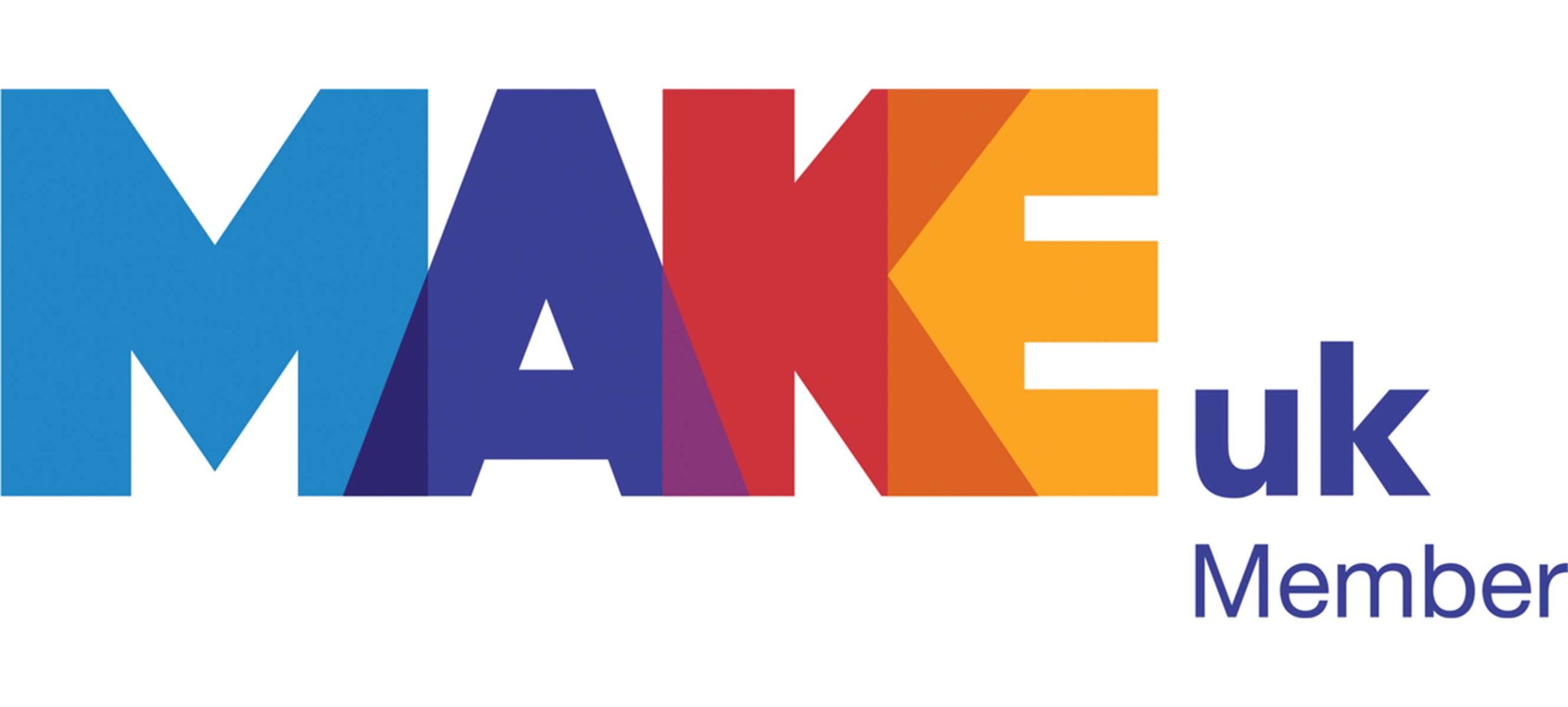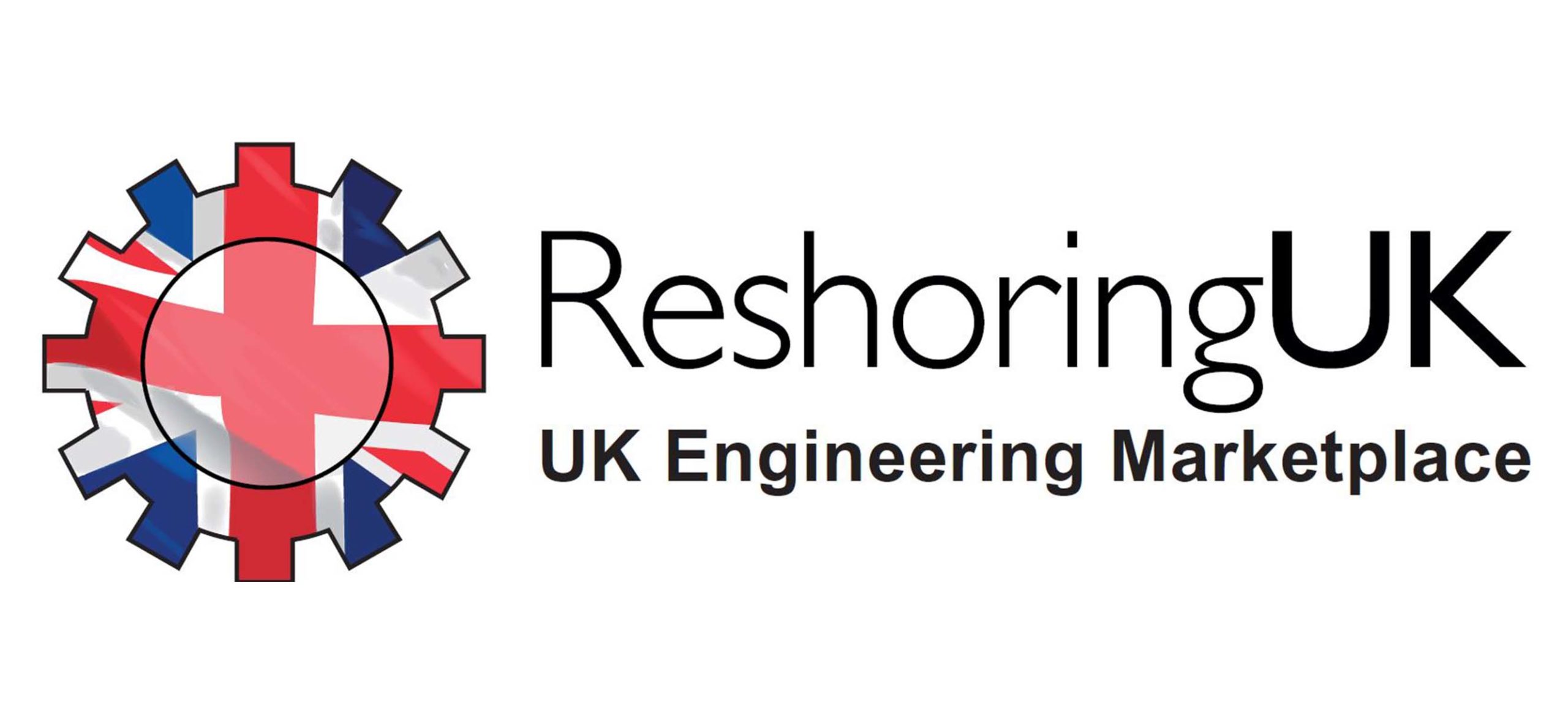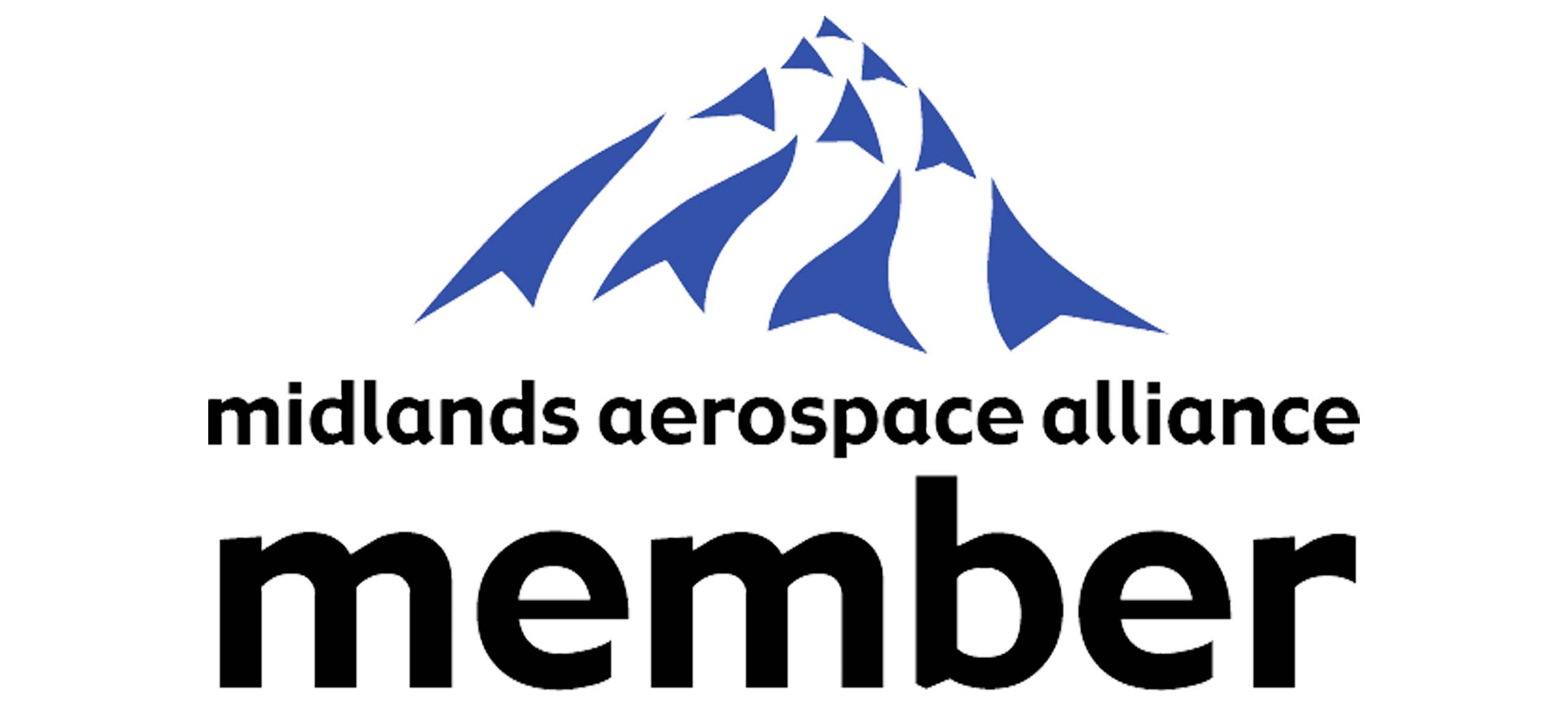WMetalworking Services?
Metalworking refers to the process of working with metal to create specific objects, products and structures. It is an extremely broad term that encompasses creating small handheld items like jewellery, silverware and engine parts to large-scale structures like ships, bridges and building components.
A whole host of industries across the globe evidently depend on high-quality and precise metalworking services in order to operate smoothly.
Metalworking Services & Processes
Metalworking services are generally grouped into three categories: cutting, forming and joining
Cutting Metal
Cutting metal involves removing certain parts of the material to enable it to form a specified shape and size. Examples of metal cutting techniques include:
- Turning – often using a lathe, the workpiece (i.e. the piece of metal) is rotated against a single-point cutting tool to produce exact diameters and depths.
- Routing – a metal routing machine is used to cut, engrave and carve metal into required shapes.
- Milling – a technique that uses a milling machine/cutter. Featuring numerous cutting points, the milling cutter rotates at high speeds to cut away small chips of the metal material and create the desired shape.
The industrial tools and machinery used to cut metal can be controlled manually, but they are most commonly operated automatically by a CNC machine. Standing for Computer Numerical Controlled, these machines are controlled by computer programs and perform tasks according to code, following specific instructions on how to move and use the available tools.
Forming Metal
Using heat and mechanical loads, forming metal uses deformation to modify metal objects. Unlike other metalworking services, this technique doesn’t involve adding or removing any material, so its mass stays the same.
Increasing the temperature of the metal material reduces its yield strength and increases ductility, thus making it easier to deform. Other techniques of forming metal include:
- Indenting – a tool is pressed into the metal workpiece.
- Rolling – the metal workpiece passes through two rotating rollers.
- Die forming – the metal workpiece is stamped by a press around or onto a die.
Joining Metal
The process of merging two or more pieces of metal together is called joining metal. Various techniques can be used to join metal, including:
- Welding – welding is one of the most common approaches to joining metal. Using a combination of intense heat and pressure, the materials are fused together and a filler material is added to form the welded joint.
- Brazing – brazing is a thermal joining process whereby a metal filler is heated and melted to bond and join the pieces of metal.
- Soldering – soldering is very similar to brazing, only it involves lower temperatures and is softer. It is usually the chosen method for instances when a good electrical connection is needed.
Metalworking Tools
Many different types of tools and technologies are utilised when it comes to metalworking. Because metalworking is used in a variety of sectors and to create an array of products and structures, a wide range of manufacturing tools are used.
Whether it’s basic tools like hammers, drills and hacksaws or complex and intricate machines like CNC mills, laser cutters and lathes, all are crucial to producing excellent metal products.
CONTACT US TODAY!
Discuss your CNC machine tool requirements with Mastrini MS Ltd.
We have the extensive experience and industry knowledge to provide tailored advice and find the ideal solution for your application.








